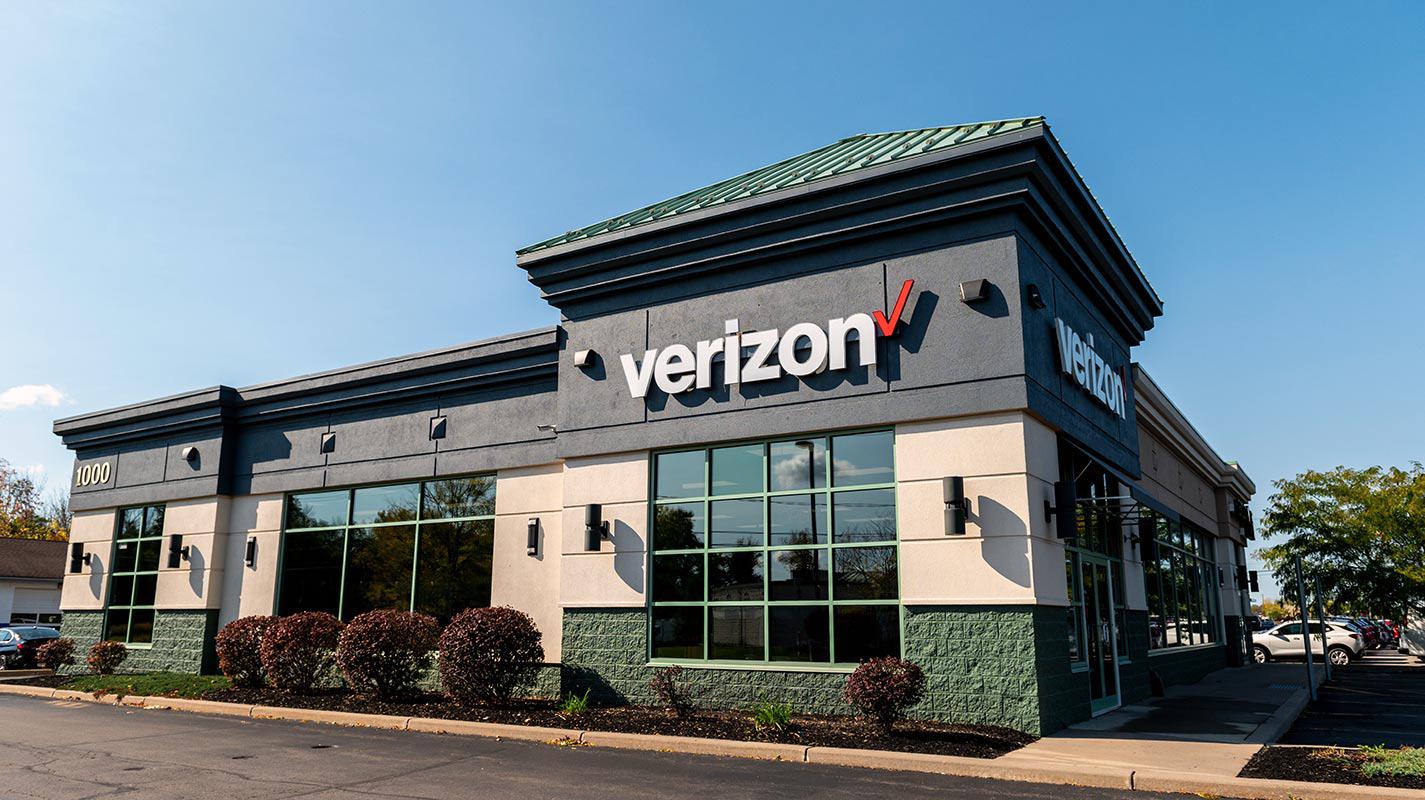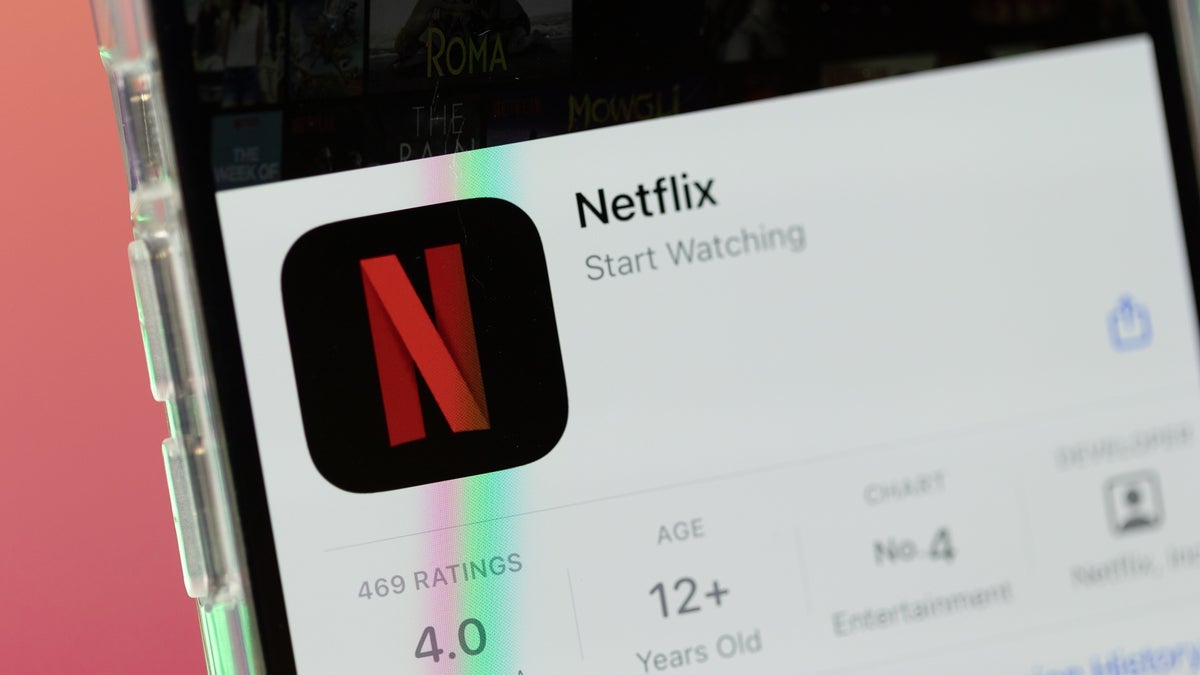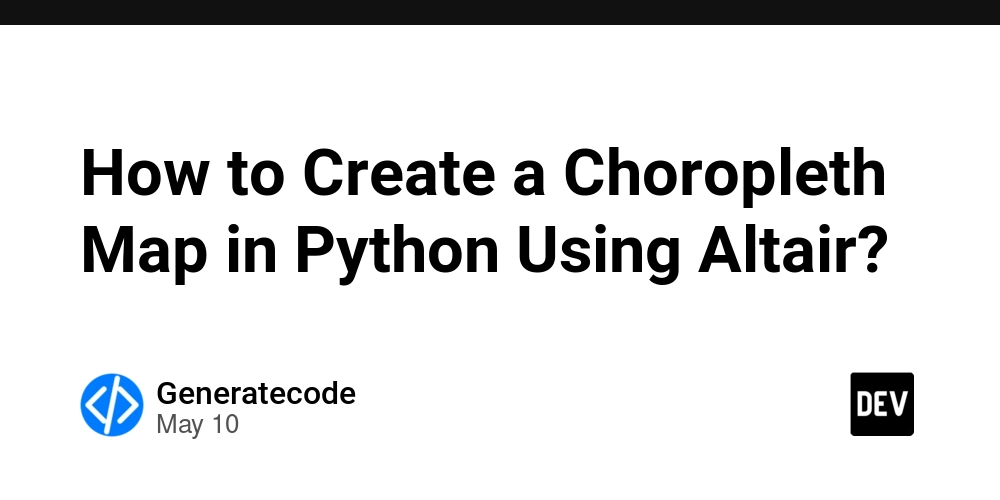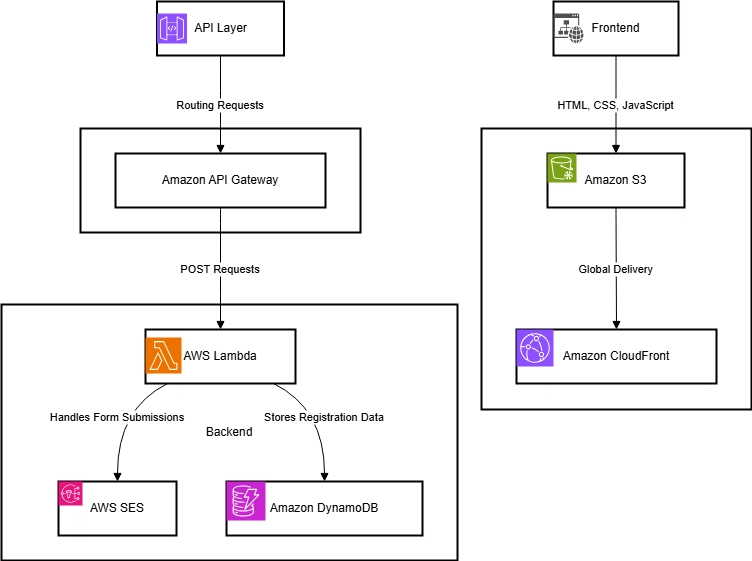What is EOS-Java? Exploring Open Source Funding, MIT Licensing, and the Blockchain Ecosystem
Abstract: This post delves into EOS-Java—a Java library bridging traditional enterprise applications with blockchain technology. We explore its open source funding model, MIT licensing benefits, technical features, community dynamics, real-world use cases, challenges, and future innovations. With a focus on clear, structured insights and practical examples, this article serves as a guide for developers and blockchain enthusiasts looking to harness EOS-Java for decentralized applications. Introduction EOS-Java represents a unique convergence of traditional Java programming and blockchain innovation. Developed and maintained by the EOS Network Foundation, the library is crafted using the widely accepted MIT license, which minimizes restrictions and fosters rapid community adoption. In today’s evolving landscape, where decentralized funding models are reshaping how open source projects thrive, EOS-Java stands as an important case study for community-driven development and sustainable blockchain technology. By integrating robust programming paradigms with blockchain functionalities, EOS-Java empowers developers, enterprises, and enthusiasts to interact with the EOS blockchain seamlessly. This blog post explains the framework’s core components, funding strategies, technical features, and potential use cases while noting its strategic position within the broader open source and blockchain ecosystems. Background and Context The evolution of blockchain technology has brought forth numerous tools designed to reduce the complexities of decentralized application development. EOS-Java is one such tool. It was born out of the need to bridge the gap between enterprise-centric Java development and the innovative world of blockchain, where transparency, decentralization, and community governance are key. Historically, open source projects like EOS-Java have been funded by corporate sponsorships; however, as funding models shift towards community-based methods, projects are increasingly leveraging micro-sponsorships, tokenized rewards, and decentralized decision‐making. For an in-depth look at these funding models, you can refer to this overview on open source funding for open source. Key background points include: Genesis of EOS-Java: Originally developed by blockchain enthusiasts within the EOS Network Foundation, the library emerged to simplify smart contract interactions and transaction management. MIT Licensing: The choice of the MIT license underlines an important commitment to open, unrestricted collaboration. This license minimizes legal overhead, allowing developers and organizations to integrate and extend the code effortlessly. Community-Driven Evolution: EOS-Java’s funding and governance are heavily reliant on community contributions, setting it apart from projects that depend on conventional venture capital investments. Understanding its origins provides a foundation for appreciating how EOS-Java not only simplifies blockchain interactions but also embodies the progressive funding and community governance strategies seen across decentralized technologies. Core Concepts and Features EOS-Java is characterized by several core concepts that underline its importance within the blockchain ecosystem. By leveraging familiar Java paradigms, it brings together robust technical features and innovative funding methods. Here are several essential elements: Open Source Funding and MIT Licensing EOS-Java’s open source funding model is built upon several innovative methods: Crowdfunding and Micro-Sponsorships: Instead of relying solely on large scale venture capital, EOS-Java embraces a decentralized crowdfunding approach. Enthusiasts and developers contribute small amounts that add up to meaningful funding. Token Incentives: Reflecting broader blockchain trends, EOS-Java explores tokenization as a method to reward code contributions. To learn more about tokenized funding, check out this discussion on tokenizing open source licenses. Transparent Governance: Community-driven decision making means that funding allocations and project roadmaps are openly discussed, echoing trends seen in decentralized license management. The MIT license further strengthens EOS-Java’s position by reducing legal complexities, thus encouraging wider adoption in both academic and enterprise environments. Technical Features EOS-Java provides a suite of tools that streamline blockchain development: Transaction Management: With built-in APIs, developers can sign, generate, and broadcast transactions with ease. Smart Contract Interactions: A seamless bridge enables Java applications to interact reliably with EOS smart contracts. Modular Design: The library is built using a modular approach, allowing developers to include only necessary components, thus ensuring lightweight, efficient applications. Network Connectivity: Robust APIs enable smooth communication with

Abstract:
This post delves into EOS-Java—a Java library bridging traditional enterprise applications with blockchain technology. We explore its open source funding model, MIT licensing benefits, technical features, community dynamics, real-world use cases, challenges, and future innovations. With a focus on clear, structured insights and practical examples, this article serves as a guide for developers and blockchain enthusiasts looking to harness EOS-Java for decentralized applications.
Introduction
EOS-Java represents a unique convergence of traditional Java programming and blockchain innovation. Developed and maintained by the EOS Network Foundation, the library is crafted using the widely accepted MIT license, which minimizes restrictions and fosters rapid community adoption. In today’s evolving landscape, where decentralized funding models are reshaping how open source projects thrive, EOS-Java stands as an important case study for community-driven development and sustainable blockchain technology.
By integrating robust programming paradigms with blockchain functionalities, EOS-Java empowers developers, enterprises, and enthusiasts to interact with the EOS blockchain seamlessly. This blog post explains the framework’s core components, funding strategies, technical features, and potential use cases while noting its strategic position within the broader open source and blockchain ecosystems.
Background and Context
The evolution of blockchain technology has brought forth numerous tools designed to reduce the complexities of decentralized application development. EOS-Java is one such tool. It was born out of the need to bridge the gap between enterprise-centric Java development and the innovative world of blockchain, where transparency, decentralization, and community governance are key.
Historically, open source projects like EOS-Java have been funded by corporate sponsorships; however, as funding models shift towards community-based methods, projects are increasingly leveraging micro-sponsorships, tokenized rewards, and decentralized decision‐making. For an in-depth look at these funding models, you can refer to this overview on open source funding for open source.
Key background points include:
- Genesis of EOS-Java: Originally developed by blockchain enthusiasts within the EOS Network Foundation, the library emerged to simplify smart contract interactions and transaction management.
- MIT Licensing: The choice of the MIT license underlines an important commitment to open, unrestricted collaboration. This license minimizes legal overhead, allowing developers and organizations to integrate and extend the code effortlessly.
- Community-Driven Evolution: EOS-Java’s funding and governance are heavily reliant on community contributions, setting it apart from projects that depend on conventional venture capital investments.
Understanding its origins provides a foundation for appreciating how EOS-Java not only simplifies blockchain interactions but also embodies the progressive funding and community governance strategies seen across decentralized technologies.
Core Concepts and Features
EOS-Java is characterized by several core concepts that underline its importance within the blockchain ecosystem. By leveraging familiar Java paradigms, it brings together robust technical features and innovative funding methods. Here are several essential elements:
Open Source Funding and MIT Licensing
EOS-Java’s open source funding model is built upon several innovative methods:
- Crowdfunding and Micro-Sponsorships: Instead of relying solely on large scale venture capital, EOS-Java embraces a decentralized crowdfunding approach. Enthusiasts and developers contribute small amounts that add up to meaningful funding.
- Token Incentives: Reflecting broader blockchain trends, EOS-Java explores tokenization as a method to reward code contributions. To learn more about tokenized funding, check out this discussion on tokenizing open source licenses.
- Transparent Governance: Community-driven decision making means that funding allocations and project roadmaps are openly discussed, echoing trends seen in decentralized license management.
The MIT license further strengthens EOS-Java’s position by reducing legal complexities, thus encouraging wider adoption in both academic and enterprise environments.
Technical Features
EOS-Java provides a suite of tools that streamline blockchain development:
- Transaction Management: With built-in APIs, developers can sign, generate, and broadcast transactions with ease.
- Smart Contract Interactions: A seamless bridge enables Java applications to interact reliably with EOS smart contracts.
- Modular Design: The library is built using a modular approach, allowing developers to include only necessary components, thus ensuring lightweight, efficient applications.
- Network Connectivity: Robust APIs enable smooth communication with EOS nodes, ensuring reliable data retrieval and transaction confirmations.
Below is a summary table of key technical features:
| Feature | Description |
|---|---|
| Transaction Management | Simplifies signing, generating, and broadcasting transactions on the EOS blockchain. |
| Smart Contract Support | Allows for seamless interaction with EOS smart contracts using familiar Java code. |
| Modular Architecture | Provides flexibility to implement only required components for a lightweight codebase. |
| Reliable Node Connectivity | Ensures robust and failover-proof network communications with the EOS blockchain nodes. |
SEO Keywords and Phrases
Throughout this post, we naturally incorporate keywords such as "EOS-Java", "open source funding", "blockchain library", "MIT license", and "decentralized governance". These keywords not only enhance SEO optimization but also help in clearly conveying the significance of EOS-Java to both developers and search engines.
Applications and Use Cases
EOS-Java’s ecosystem lends itself to a variety of practical applications. Below are a few illustrative examples highlighting how the library can be used in real-world scenarios:
Enterprise Asset Management
A company wanting to log digital asset transfers can use EOS-Java to provide:
- Secure transaction signing and broadcasting.
- Immutable records for asset verification.
- Integration with enterprise systems that rely on Java.
Decentralized Finance (DeFi) Applications
DeFi apps can leverage EOS-Java to:
- Manage real-time data on blockchain transactions.
- Interact with smart contracts that underpin decentralized financial protocols.
- Integrate token-based rewards and reward mechanisms into existing Java applications.
Cross-Platform Blockchain Solutions
For developers building hybrid applications or integrating blockchain data into traditional systems, EOS-Java offers:
- A familiar Java API that reduces the learning curve.
- Flexibility to work in both centralized environments and decentralized architectures.
- Opportunities to explore community funding mechanisms, with inspiration from platforms such as Gitcoin.
Bullet List of Key Use Cases:
- Enterprise-level asset management systems
- Decentralized financial applications
- Blockchain-integrated supply chain management
- Hybrid legacy system enhancements
These practical examples demonstrate EOS-Java’s versatility in addressing both niche and broad market needs.
Challenges and Limitations
Despite its strong prospects, EOS-Java faces several challenges that need to be managed for long-term success:
- Niche Adoption: As a lesser-known blockchain library, EOS-Java must continually build a critical mass of community contributors and users.
- Technical Complexity: Traditional Java developers may encounter a learning curve when integrating blockchain-specific functionalities.
- Funding Volatility: While decentralized funding models promote sustainability, they can also be subject to market fluctuations and changing donor interests.
- Evolving Standards: As blockchain standards and interoperability protocols evolve, maintaining compatibility with multiple EOS nodes and related technologies can become a moving target.
Addressing these challenges requires ongoing collaboration with the developer community, proactive updates to the codebase, and alignment with emerging blockchain standards.
Future Outlook and Innovations
The future for EOS-Java is promising, owing largely to its robust technical design and innovative funding strategy. Here are some projected trends and potential innovations:
Enhanced Interoperability
Future iterations of EOS-Java could seek greater interoperability with other blockchain ecosystems such as Ethereum and Tezos. By expanding compatibility and integrating cross-chain solutions, EOS-Java may bridge gaps between different decentralized networks. For more on blockchain interoperability, see this comprehensive guide.
Growth of Tokenized Incentives
As token-based funding models grow, EOS-Java might further integrate tokenization, enabling contributors to earn digital tokens for their input. This could incentivize greater participation, similar to emerging innovations in the NFT space. An analogous concept is explored in GitHub Sponsors and token rewards discussions on open source funding.
Scaling and Security Enhancements
As blockchain applications scale, performance improvements and tighter security measures will be critical. Future updates may include:
- Optimized transaction processing
- Enhanced modular scalability options to accommodate increased network usage
- Advanced security protocols to mitigate the risk of cyber threats
Evolving Community Governance
The governance model for EOS-Java is likely to evolve further as community debates lead to new strategies in decentralized management. Innovative practices seen in projects like Arbitrum’s community governance may offer valuable lessons.
Integration with Broader Blockchain Applications
Expanding the scope of EOS-Java to work with emerging decentralized applications (DApps) is another anticipated trend. By working with a wider array of blockchain platforms, the library can serve as a critical tool in the proliferation of blockchain use cases ranging from supply chains to digital identity verification.
Summary
In summary, EOS-Java stands as a powerful example of how traditional programming paradigms, such as those offered by Java, can be combined with innovative blockchain technology to create highly functional and accessible open source tools. The key takeaways from this post include:
- Open Source Funding: EOS-Java employs community-driven funding mechanisms like crowdfunding, token incentives, and transparent governance.
- Technical Strengths: The library offers robust transaction management, smart contract interaction, a modular design, and reliable network connectivity.
- Real-World Applications: Use cases span enterprise asset management, decentralized finance, and hybrid cross-platform solutions.
- Challenges: Adoption hurdles, funding volatility, and the need for continuous updates present ongoing challenges.
- Future Innovations: Enhanced interoperability, tokenized incentives, and evolving community governance are anticipated to drive future growth.
Bullet Summary of Key Points:
- EOS-Java empowers developers by bridging Java with the EOS blockchain.
- MIT license facilitates collaboration, extension, and integration.
- Funding model emphasizes micro-sponsorships, token rewards, and community transparency.
- Technical architecture supports efficient transaction management and smart contract interactions.
- Future improvements include interoperability, scalability, and enhanced security.
For further reading on related blockchain innovations, consider exploring articles like Veefriends and the Future of Open Source and insights on decentralized funding from Gitcoin’s Approach. In addition, the original article on EOS-Java can be found here.
Conclusion
EOS-Java provides a remarkable blueprint for integrating traditional programming paradigms with modern blockchain functionality. Its adoption of open source funding techniques, driven by community contributions and token incentives, coupled with the operational simplicity of the MIT license, exemplifies a future where innovation is both decentralized and collaborative.
As the blockchain ecosystem continues to expand rapidly, EOS-Java’s commitment to transparency through decentralized governance, modular technical design, and flexible funding mechanisms positions it as a model for future open source projects. These developments not only empower enterprise developers to leverage blockchain benefits but also foster an agile and resilient community.
By exploring the strengths and addressing the challenges inherent in decentralized technology, the evolution of EOS-Java promises to catalyze further innovations in the blockchain space. Whether you are a developer, investor, or blockchain enthusiast, the lessons learned from EOS-Java’s journey underscore the importance of community, transparency, and technological foresight in today’s digital landscape.
Key Resources & Further Reading:
- EOS Network Foundation
- What is Blockchain?
- Open Source Funding for Open Source
- Decentralized License Management
By continually building on robust open source values and innovative funding models, projects like EOS-Java pave the way for a future where collaboration, technology, and community converge to redefine what is possible in the blockchain realm.










































































































































































![[The AI Show Episode 146]: Rise of “AI-First” Companies, AI Job Disruption, GPT-4o Update Gets Rolled Back, How Big Consulting Firms Use AI, and Meta AI App](https://www.marketingaiinstitute.com/hubfs/ep%20146%20cover.png)















































































































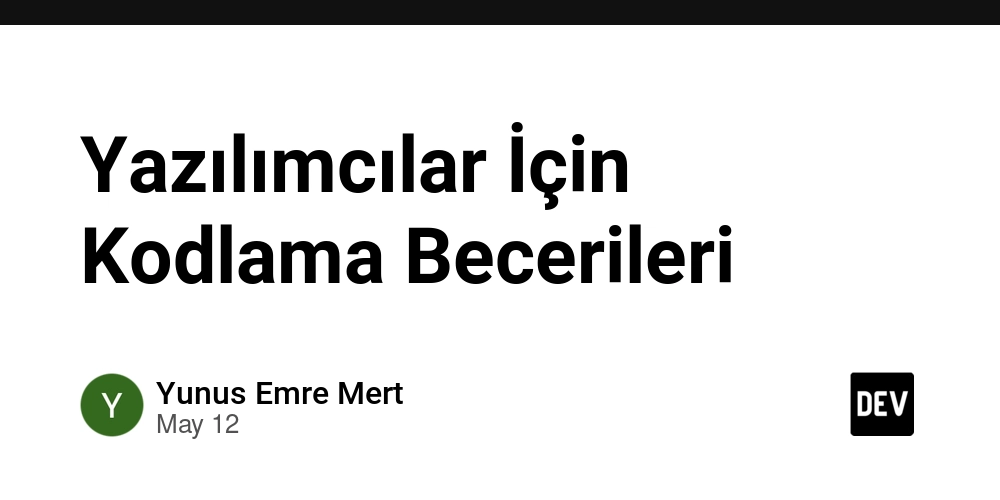
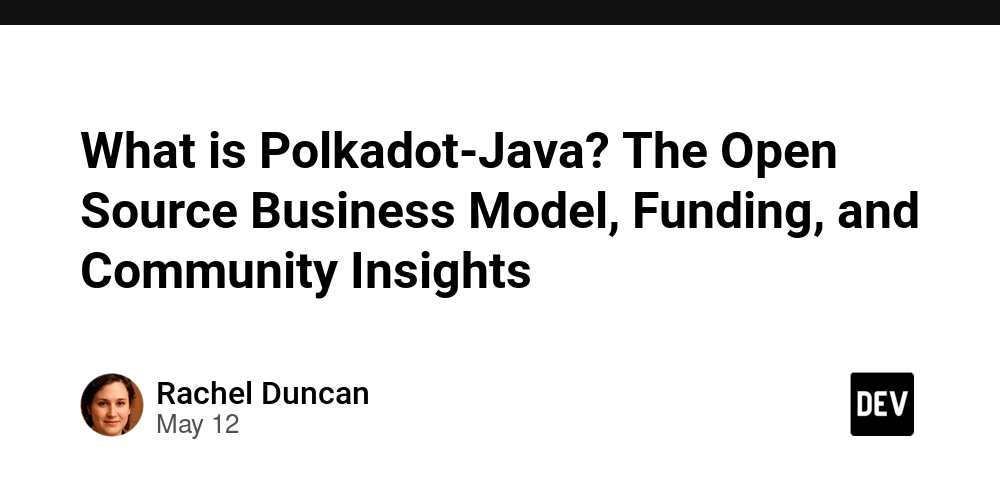












![[DEALS] Internxt Cloud Storage Lifetime Subscription: 10TB Plan (88% off) & Other Deals Up To 98% Off – Offers End Soon!](https://www.javacodegeeks.com/wp-content/uploads/2012/12/jcg-logo.jpg)


![Ditching a Microsoft Job to Enter Startup Purgatory with Lonewolf Engineer Sam Crombie [Podcast #171]](https://cdn.hashnode.com/res/hashnode/image/upload/v1746753508177/0cd57f66-fdb0-4972-b285-1443a7db39fc.png?#)
































































































































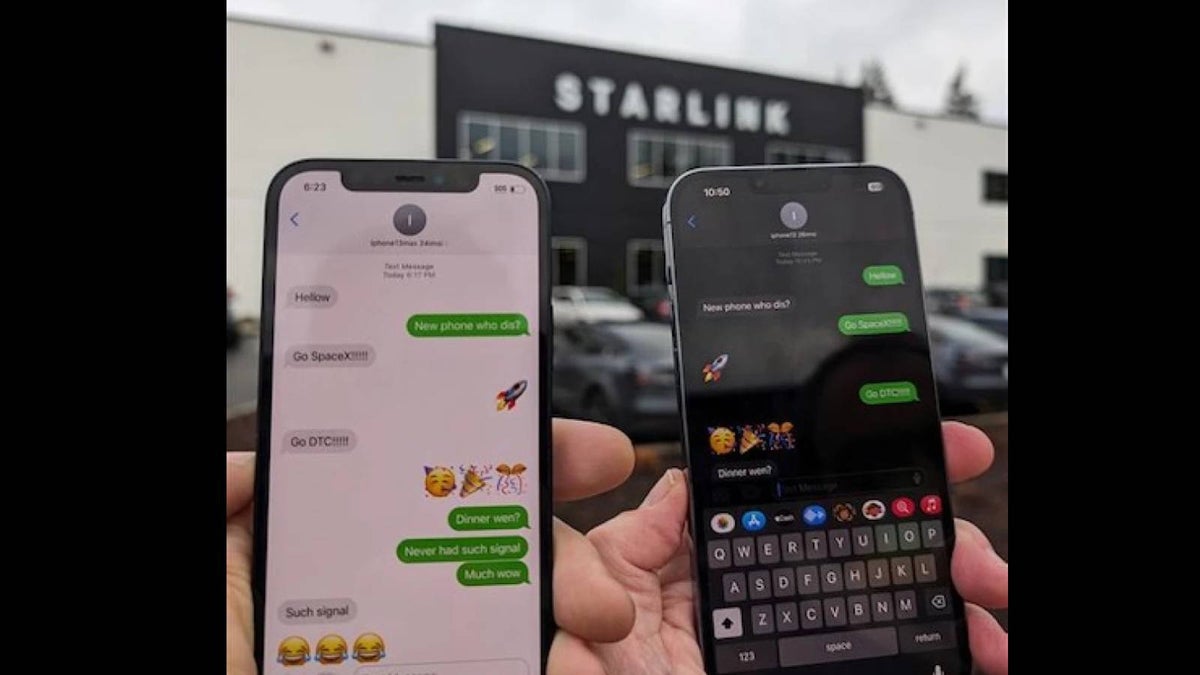

































































































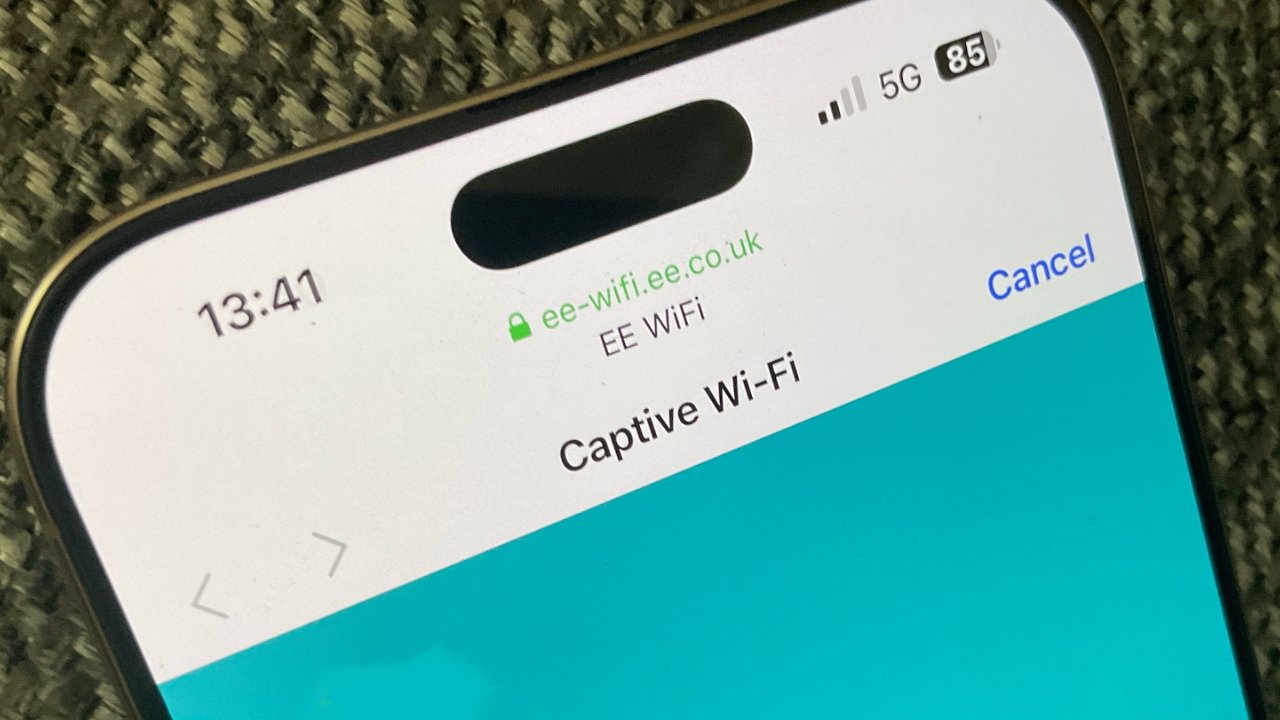











![[Fixed] Gemini 2.5 Flash missing file upload for free app users](https://i0.wp.com/9to5google.com/wp-content/uploads/sites/4/2025/03/google-gemini-workspace-1.jpg?resize=1200%2C628&quality=82&strip=all&ssl=1)


![As Galaxy Watch prepares a major change, which smartwatch design to you prefer? [Poll]](https://i0.wp.com/9to5google.com/wp-content/uploads/sites/4/2024/07/Galaxy-Watch-Ultra-and-Apple-Watch-Ultra-1.jpg?resize=1200%2C628&quality=82&strip=all&ssl=1)











![Apple M4 MacBook Air Hits New All-Time Low of $824 [Deal]](https://www.iclarified.com/images/news/97288/97288/97288-640.jpg)
![An Apple Product Renaissance Is on the Way [Gurman]](https://www.iclarified.com/images/news/97286/97286/97286-640.jpg)
![Apple to Sync Captive Wi-Fi Logins Across iPhone, iPad, and Mac [Report]](https://www.iclarified.com/images/news/97284/97284/97284-640.jpg)
![Apple M4 iMac Drops to New All-Time Low Price of $1059 [Deal]](https://www.iclarified.com/images/news/97281/97281/97281-640.jpg)









































![Apple's 11th Gen iPad Drops to New Low Price of $277.78 on Amazon [Updated]](https://images.macrumors.com/t/yQCVe42SNCzUyF04yj1XYLHG5FM=/2500x/article-new/2025/03/11th-gen-ipad-orange.jpeg)






